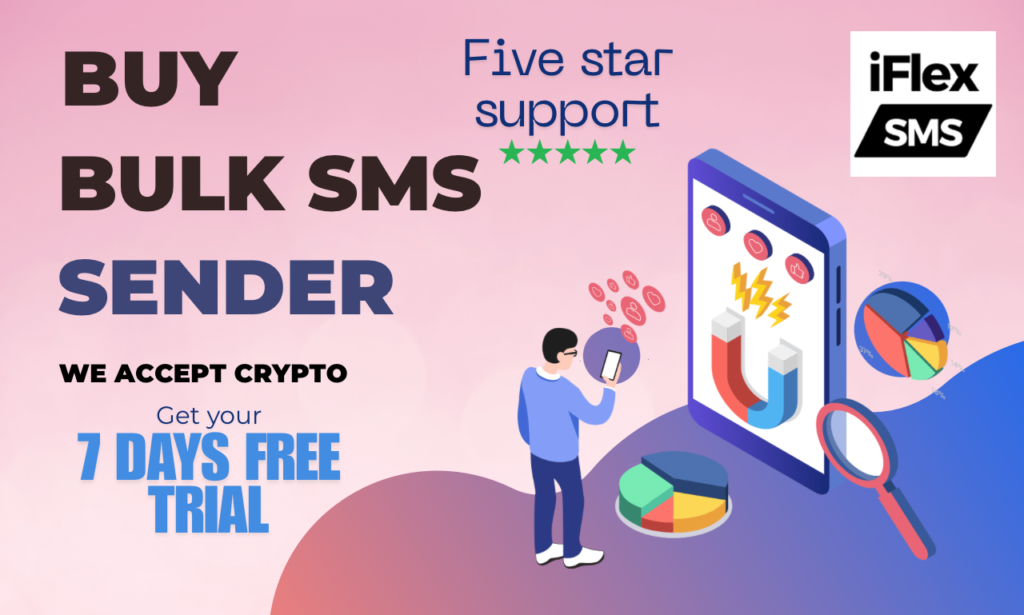Your company’s customers are its lifeblood. It goes without saying that gaining new clients is essential to expansion, but retaining current clients is also crucial. Returning, devoted clients are very important to a company and can make the difference between expansion and stagnation.
Creating a fantastic customer experience is the first step towards establishing genuine client loyalty. Due to their experience, modern consumers are astute and capable of selecting between rival companies. Actually, 80% of American consumers would pay more for a product or service to guarantee a great customer experience, according to research from the White House Office of Consumer Affairs.
Providing this makes it simpler to increase sales and expand your company. This raises the dilemma of how to determine whether your clients are happy.
Use the Net Promoter Score (NPS) to gauge your customers’ satisfaction.
An indicator of customer loyalty, the NPS is used to track how well a business’s customer experience is working. The system gives you information on how well your customers are receiving your services and how likely they are to refer you to others.
What makes NPS crucial for your company?
Getting useful input from your consumers is made simple by the net promoter score. You can tell from their answers if you’re doing the correct things to provide your customers a satisfying experience.
The system is essential to your company for the following reasons.
- The NPS provides a uniform language for customer classification.
Customers are divided into three groups by the NPS according to their score;
Promoters (scoring 9–10): Devoted customers who will continue to purchase from you and refer you to others, which will spur expansion.
Passives (scoring 7-8) are happy but unenthusiastic clients who are susceptible to being courted by rival businesses.
Detractors (scoring 0-6): Disgruntled consumers who have the potential to damage your brand’s reputation by spreading unfavorable rumors.
You may spend more money developing focused techniques to convert passives and critics into promoters once you know who your consumers are.
- The NPS system is correlated with increased business growt
The NPS is a fantastic indicator of client loyalty, but it’s more than that. Using the system to your advantage and raising your scores can help your firm expand. Strong client relationships are essential for long-term, profitable growth, even while a high score by itself won’t ensure success.
High NPS and sales are strongly correlated, according to a number of studies, including one by the Harvard Business Review. You can get a competitive edge in the market and significantly lower client attrition with a satisfying customer experience.
- Benchmarking is easy using the NPS system.
Businesses all across the world utilize the Net Promoter Score, which is a standardized metric. Businesses can easily compare their ratings and see how they stack up against their rivals thanks to this.
How to figure out NPS
Sending a brief survey with just one question to your consumers can allow you to determine your NPS, which is rather easy to do:
“How likely are you to suggest Company X to a friend or coworker?”
The NPS uses a 1–10 scale. Customer experience and satisfaction increase as you go up the rating range, which goes from 0 to 10.
In order to improve the efficacy and efficiency of your NPS surveys, you ought to
Keep the survey and question(s) brief.
Examine NPS data according to client type and context.
Customize the messaging you send to clients.
Utilizing a Two-Way SMS Service to Determine Your NPS
The ideal tool for figuring out your NPS is SMS. Since practically everyone owns a mobile phone, they can access the platform almost at any time of day. This is among the factors that contribute to SMS’s astounding 98% open rate compared to email’s 20–25%.
Customers find SMS to be far more convenient than other platforms, which increases the likelihood that they will participate. After all, when was the last time you took part in a phone survey while working, or worse, on your way home from a hard day at 7 p.m.?
The procedure of calculating NPS on a mobile device is straightforward and may be divided into xx simple steps:
1.) Choose the question or questions you want to ask in your survey.
2.) Send the survey to your clients over two-way SMS and request that they reply. Or, if you have made an in-app survey, just give the link to them by SMS.
3.) Enter the data into a spreadsheet for convenient tabulation after obtaining consumer feedback.
4.) Subtract the percentage of critics from the percentage of promoters to get the net promoter score.
There you have it!

